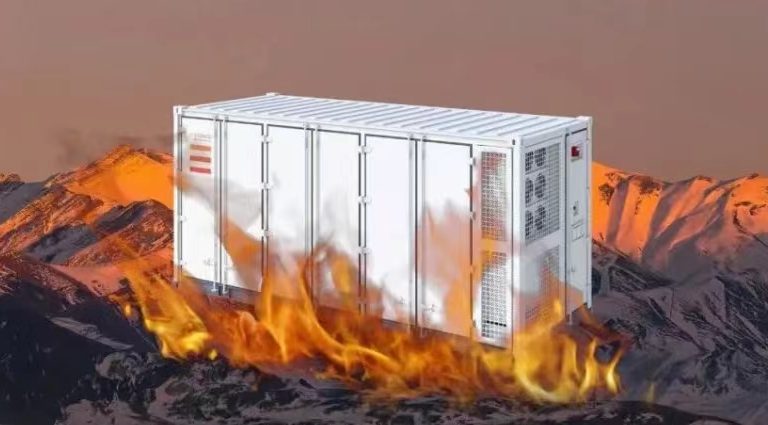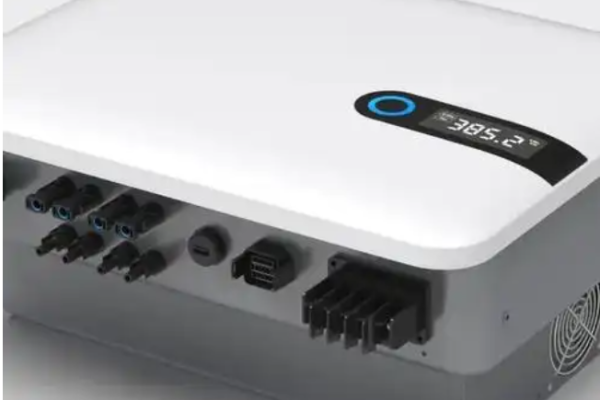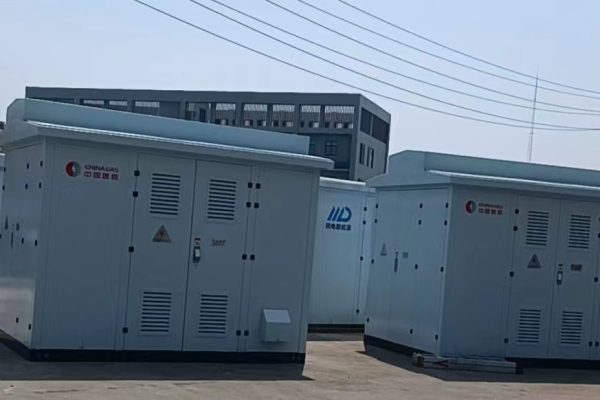Ensuring Safety and Compliance in Residential and Commercial ESS
Integrated cabinet systems—housing batteries, inverters, control electronics, and wiring—are at the heart of modern energy storage solutions. While they offer compactness and ease of installation, these systems must adhere to stringent fire safety standards to protect users, properties, and investments.
For installers, integrators, and exporters serving small and medium clients, understanding these standards is essential for successful project approval, customer trust, and long-term reliability.
Why Fire Safety in Integrated Cabinets Matters
Energy storage cabinets contain high-energy lithium-ion batteries and complex electronics that can pose fire risks if improperly designed, manufactured, or installed. Ignoring fire safety can lead to:
- Thermal runaway incidents
- Property damage and loss
- Safety hazards to occupants and first responders
- Voided warranties and regulatory penalties
Key Fire Safety Standards and Regulations
1. UL 9540 / UL 9540A (United States)
- UL 9540 certifies energy storage systems for safety performance.
- UL 9540A tests battery systems for thermal runaway propagation and fire hazard evaluation.
2. IEC 62619 (International)
- Specifies safety requirements for lithium-ion battery systems used in stationary applications.
3. NFPA 855 (US National Fire Protection Association)
- Provides installation guidelines and safety requirements for stationary energy storage systems.
4. EN 62485-3 (Europe)
- Specifies requirements for battery systems related to safety and fire prevention.
5. Local Fire Codes and Building Regulations
- Requirements vary by country and locality; always check with local authorities.
Essential Fire Safety Features in Integrated Cabinets
- Fire-Resistant Materials: Use of fire-retardant enclosures and internal insulation to contain heat and flames.
- Thermal Management: Effective cooling systems to prevent overheating of batteries.
- Battery Management Systems (BMS): Real-time monitoring and automatic shutdown on abnormal conditions.
- Ventilation and Gas Management: Safe venting of gases produced during battery faults to avoid explosion risks.
- Fire Suppression Systems: Built-in or external fire extinguishing methods (e.g., inert gas, sprinklers).
- Clearances and Barriers: Proper spacing and physical separation of components to reduce fire spread.
Installation Best Practices for Fire Safety
- Follow manufacturer guidelines and local codes strictly.
- Install cabinets in well-ventilated, non-combustible areas away from ignition sources.
- Ensure secure electrical connections and proper grounding.
- Maintain accessible fire exits and emergency response plans.
- Train installation teams and end-users on fire risks and emergency procedures.
Supporting Clients and Export Markets
- Provide documentation on fire safety certifications and compliance.
- Offer after-sales support for fire safety inspections and maintenance.
- Stay updated on evolving standards in target export countries to avoid shipment delays or rejections.









